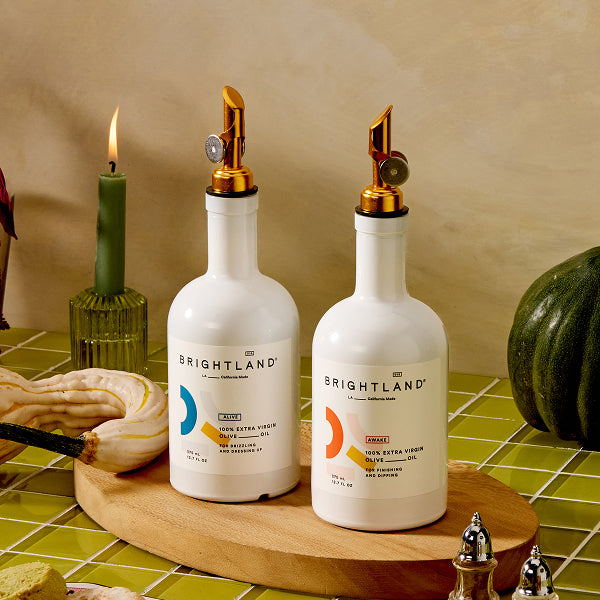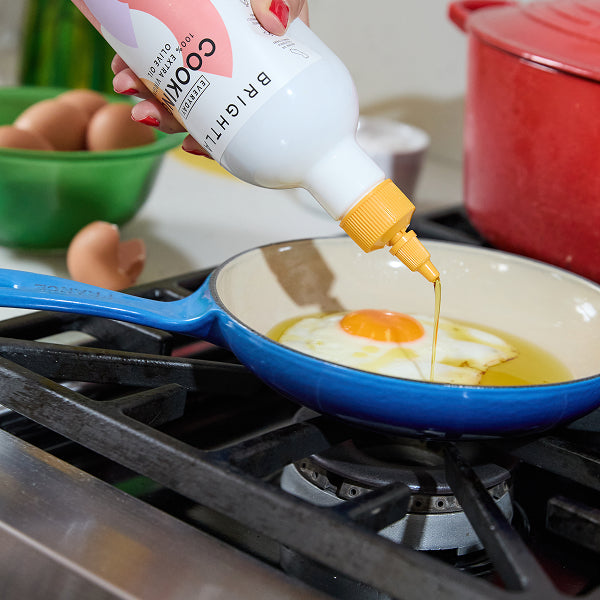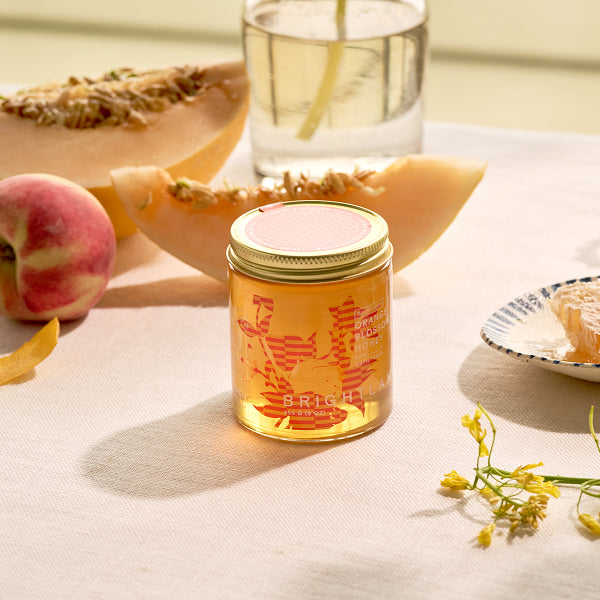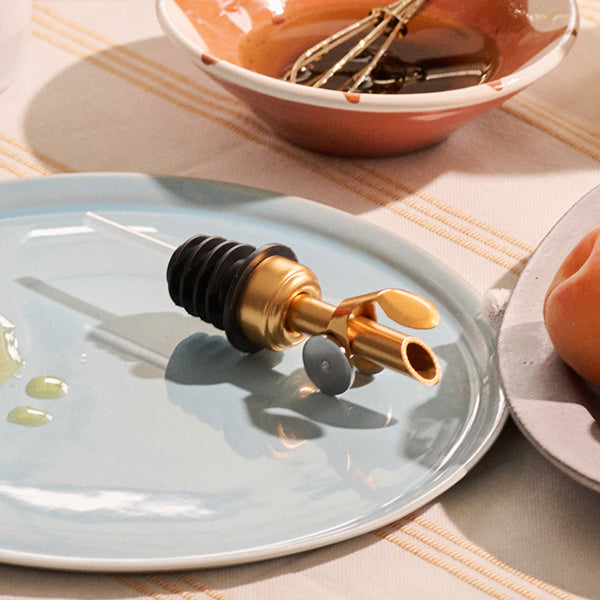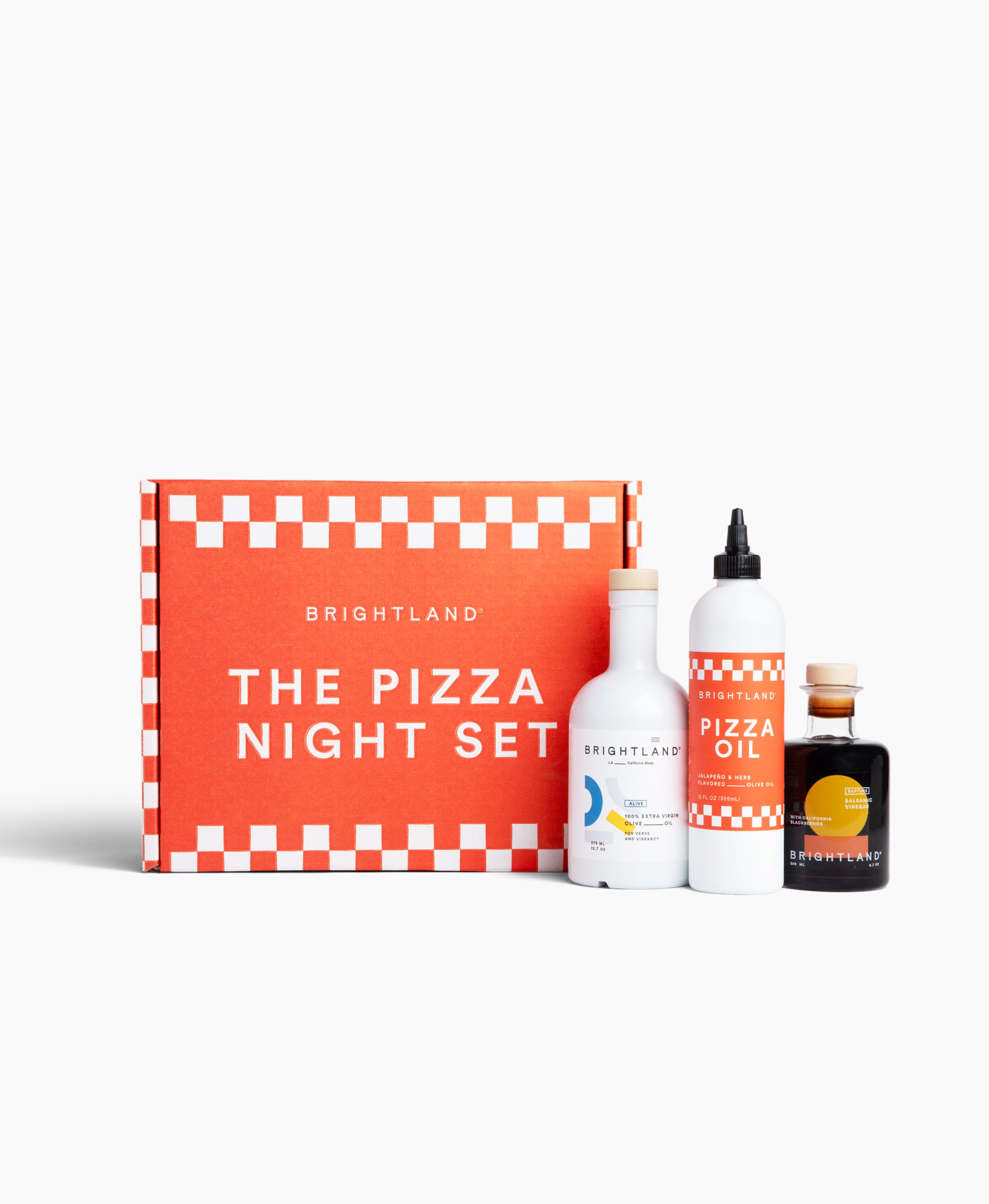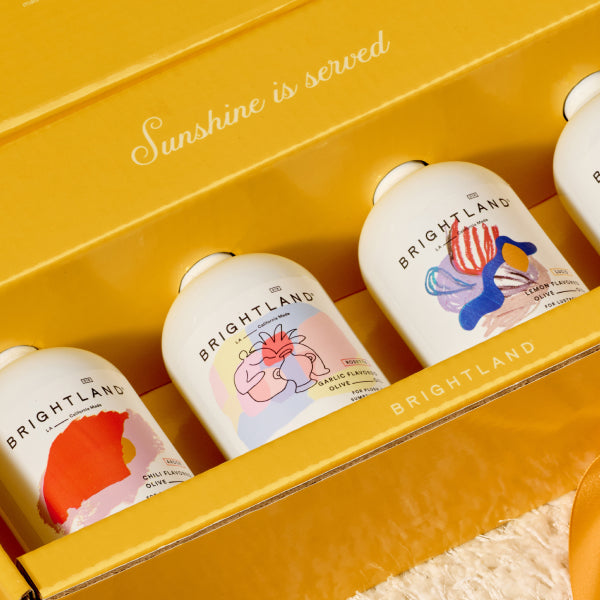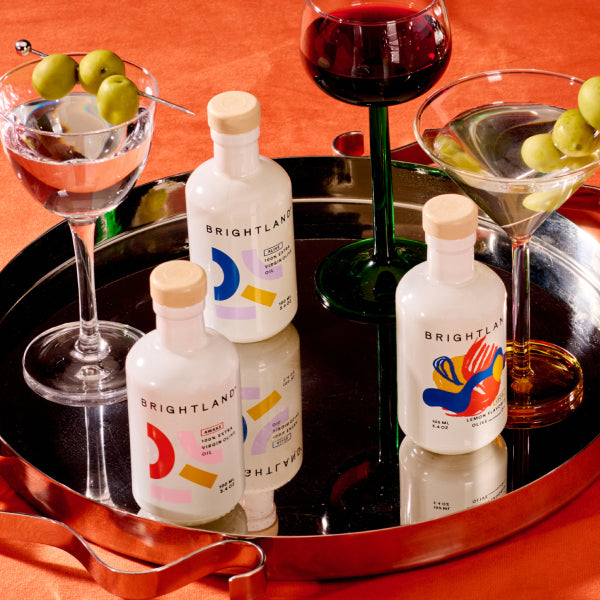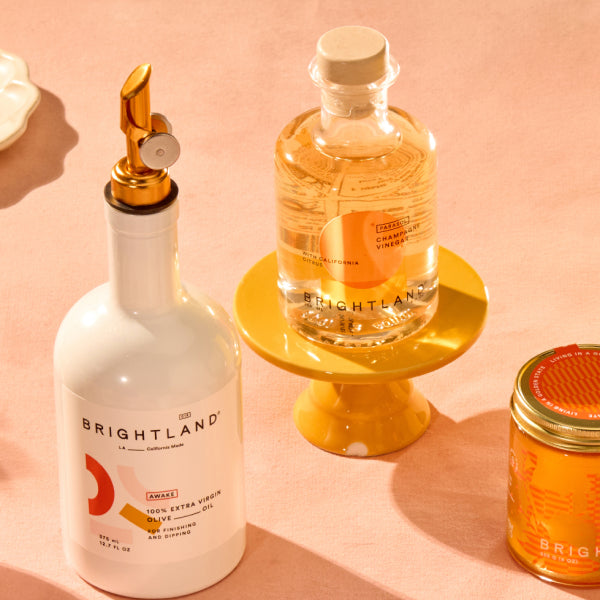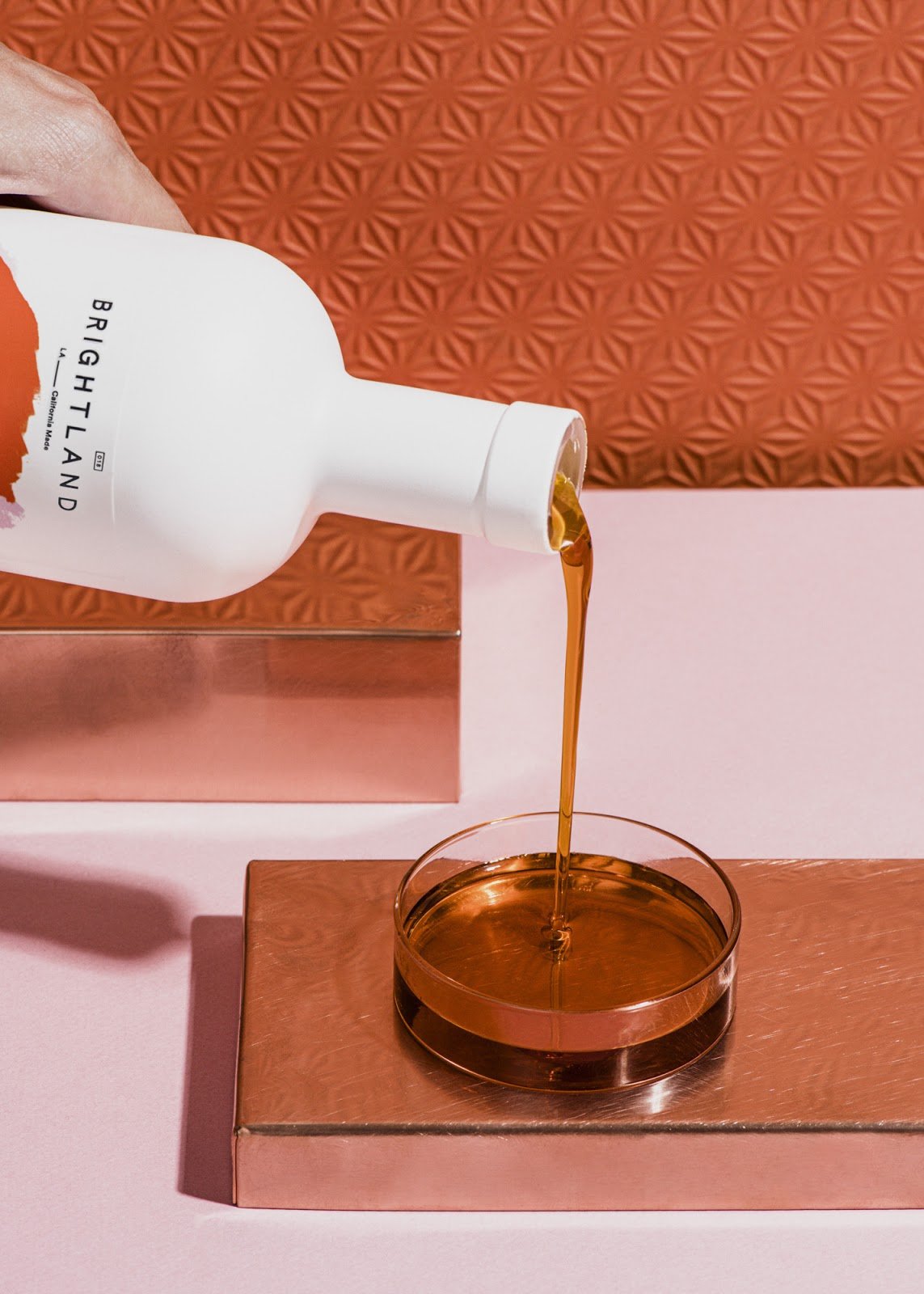Clean eating is quite popular right now, so you might be wondering exactly what this diet involves and how you can eat clean. In this guide, we explain what clean eating is and offer tips for clean eating as well as suggestions for what foods to prioritize.
What Is Clean Eating?
Clean eating is a catch-all term that can mean different things to different people. In general, it refers to concentrating your diet on healthy foods and ingredients and trying to reduce as many artificial, processed foods as possible. Clean eating should not be confused with a raw diet: Cooking, pasteurization and other techniques are totally okay as part of the clean eating approach!
All in all, clean eating represents a commitment to a healthy, balanced diet that is relatively close to nature. Clean eating also focuses on getting as many of your nutrients from food as possible. Many people say that clean eating has helped strengthen their immune system, reduce inflammation, maintain a healthy weight, feel more energy and even made their skin look better.
[close type="rte"] [open type="images" count="1"] [close type="images"]
[open type="rte"]
[close type="images"]
[open type="rte"]
How to Eat Clean
Clean eating is more about your overall approach than a specific list of rules. Here are some overall principles that you should follow on your clean eating journey:
Choose condiments wisely: Popular condiments such as salad dressings are often high in sodium, preservatives and other ingredients that aren’t the best for you. Try to phase out such condiments and sauces. Instead, focus on replacements such as flavored vinegars and high-quality olive oils. These products contain healthy fats, antioxidants and other good-for-you ingredients that will boost your health as it flavors your meal.
Prioritize fruits and vegetables:Produce is very easy to find in a whole, unprocessed state, making this a staple of clean eating. Fruits and vegetables are low in calories and high in nutrients. They promote better energy, weight loss and regular bowel movements. If your body has trouble digesting raw produce, do not be afraid to cook it first!
Eat healthy proteins: Packaged meats and dairy products are a huge source of added chemicals. Instead, purchase raw eggs and meat that you can then flavor and cook on your own at home to ensure that you have control over what goes into your body.
Focus on whole grains: Not all carbs are created equal. Whole grains are less processed, higher in nutrients and more filling. Skip the plain white bread and pasta and opt for grains like whole wheat and quinoa in their place.
Avoid processed foods: The more processed a food or ingredient is, the further it has been adulterated from its natural state. For example, apple juice is more processed than a whole apple, and an apple-flavored muffin is more processed than either of these. Avoiding such foods as much as possible is a major principle of the clean eating approach.
Read ingredient lists: You might be surprised to learn just how many added ingredients your foods contain. Make it a point to read the ingredient list on every product that you buy. Try to buy products with shorter lists featuring ingredients that you can pronounce rather than complicated, artificial chemicals.
[open type="images" count="1"] [close type="images"]
[open type="rte"]
[close type="images"]
[open type="rte"]
It is important to remember that clean eating is rarely, if ever, about completely eliminating things. For instance, there are a lot of no-fat or low-fat fad diets out there, but healthy fats such as those found in our olive oils are key to a balanced, clean eating diet.
To start building out your clean eating pantry, shop our healthy olive oils and have them delivered straight to your door. High-quality olive oils will make a huge difference in your cooking and increase the flavor in your diet naturally.
[close type="rte"]
